If you have been gardening for longer than a season or two, chances are you’ve been disappointed when your plants have exhausted the expensive soil you bought, been eaten by pests and not given any real production. Even with all the time and energy spent tending to that promising raised bed something just didn’t go right. This is where we might come in and ask, “Are you familiar with Regenerative Gardening?”
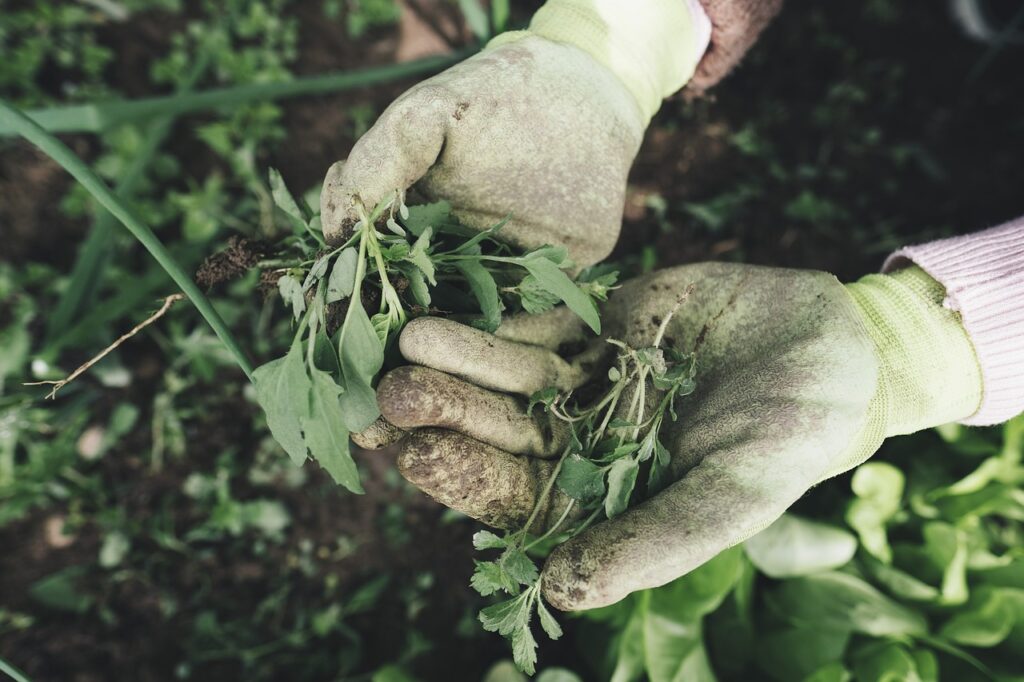
What is Regenerative Gardening?
Regenerative Gardening is just like Regenerative Agriculture, only on a smaller scale since most homes are on less than a fourth of an acre. Regenerative Gardening does not have to involve the use of animals to be maintained, though it might be worth it to look into your city ordinances to see just how many chickens and/or goats you can have on your property (because frankly they are too cute to pass up).
Soil
Regenerative Gardening starts from the soil up. When we visit with people who want to start gardens there is always the assumption that raised bed gardening is the only way to be successful. In some cases, that is true. For example, using raised beds (at least 10 inches or deeper) is a great option for patio gardening and extreme rocky areas with little to no soil present. In most areas (yes, even Texas), the soil only needs to be amended with compost and other natural materials like mulch, leaves, logs, etc.
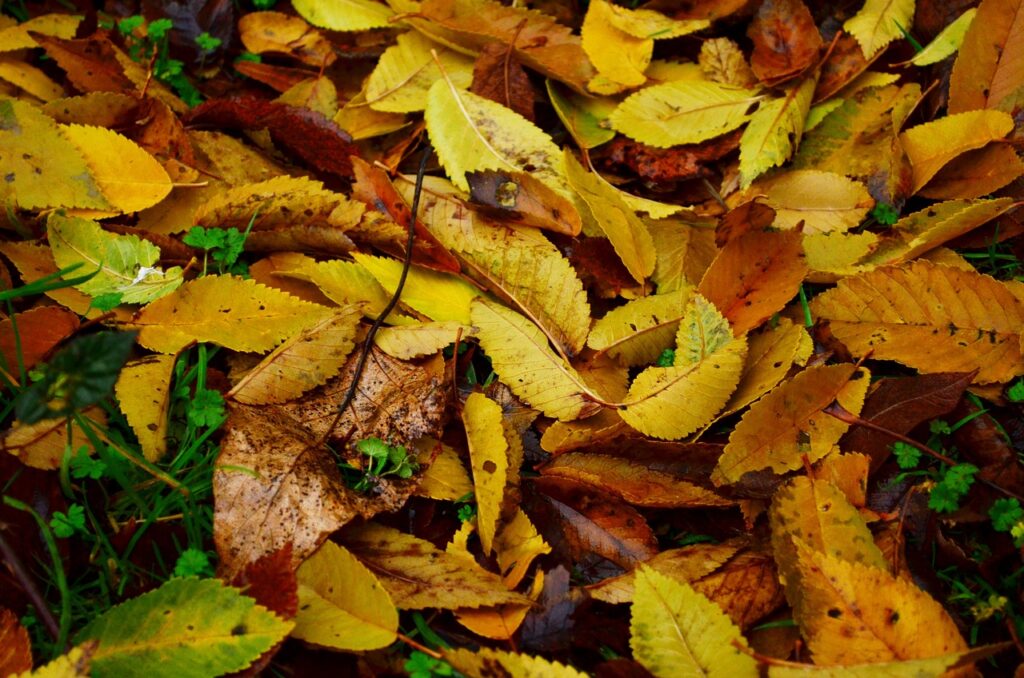
The naturally occurring materials in your yard are perfect for rebuilding the land; This includes “weeds,“ too! The idea behind the phrases “Chop and Drop” and “Leave the Leaves” is simple: Whatever grows in your space naturally is of the soil. Plants and trees take the nutrients from the local dirt, air, sun and water and use it to grow. When it has reached the end of its life those nutrients can be put back into the soil through the decomposition process which gives life to the entire ecosystem of your yard. When practiced on a consistent basis, you will not only see a rise in beneficial insects like dragonflies and bees, but you will also notice that your soil will become richer every season through decomposing plant matter and naturally occurring fungi called mycelium.
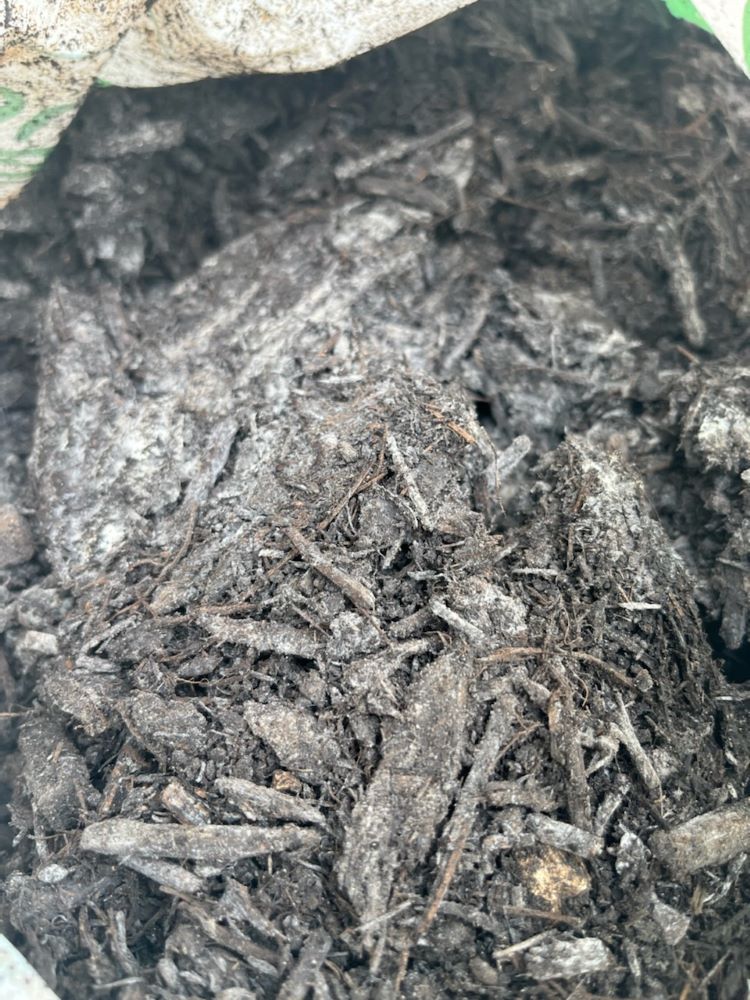
Land Shape
Working with the contours of your land is so important to consider when starting any garden. This is because you must consider how soil might erode overtime, or whether low areas might be better suited for plants that have high water needs. There really isn’t any place you can’t plant in your yard, but taking stock of shady areas, full sun, natural berms and pelted spaces on the land can make all the difference for your garden even 10 years down the road.
Plants
Now let’s add plants! Did you know that certain plants actually feed the soil, support other plant root systems, bring pollinators AND repel pests? Intentionally planting these things alongside your big production crops is called companion planting and will not only give you better harvests, but can give your garden a longer run especially through severe weather. If the roots are nourished and protected (like with mycelium and leaves) the overall health of the plant will be reflected and many times they will give you more than one season of growth and production.
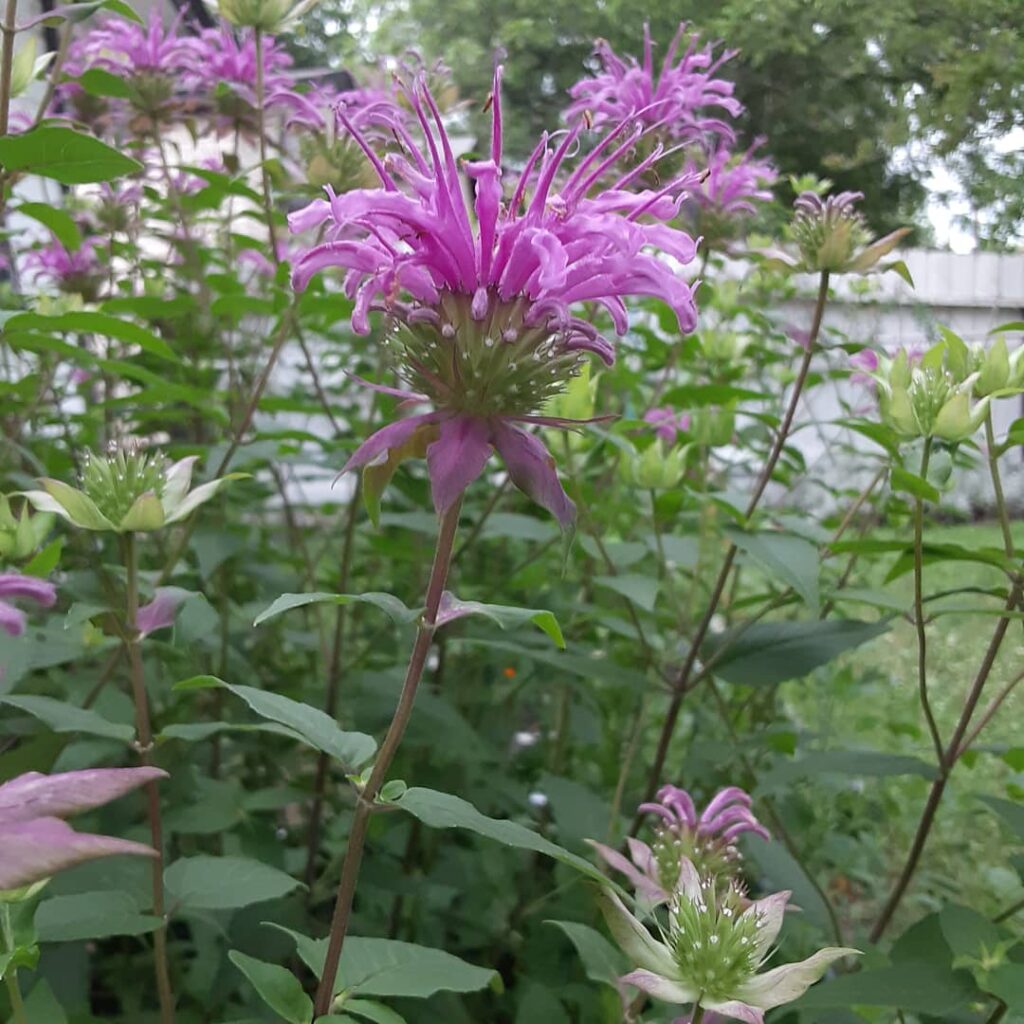
Using techniques like the ones just discussed takes away the need for synthetic fertilizers, harsh chemical treatments and over time, will even out any imbalances in the insect and disease world. Did we mention that Regenerative Gardening is, in a good way, kind of lazy and cheap?! Seriously! Let mother nature do the work for you and don’t go broke buying expensive soil each year. Practice regenerative gardening!
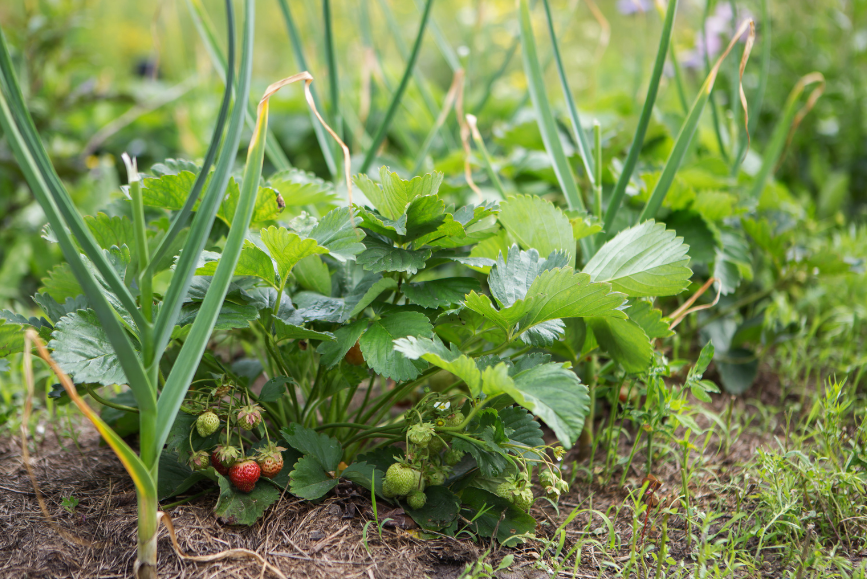
Need help with Regenerative Gardening?
If you are in San Antonio or the surrounding area, we can help! Read more about our services and expertise HERE, or book a consultation HERE. Happy Gardening! We also regularly teach workshops about all things gardening and regenerative gardening at places like San Antonio Botanical Gardens and Rainbow Gardens, so keep your eyes peeled for our next class.

In SA Live Today you didn’t discuss the sticky fermented plant. What is process and what is is used for?
Thanks
Irma Molina
817 308 9039
imolina2003@yahoo.com